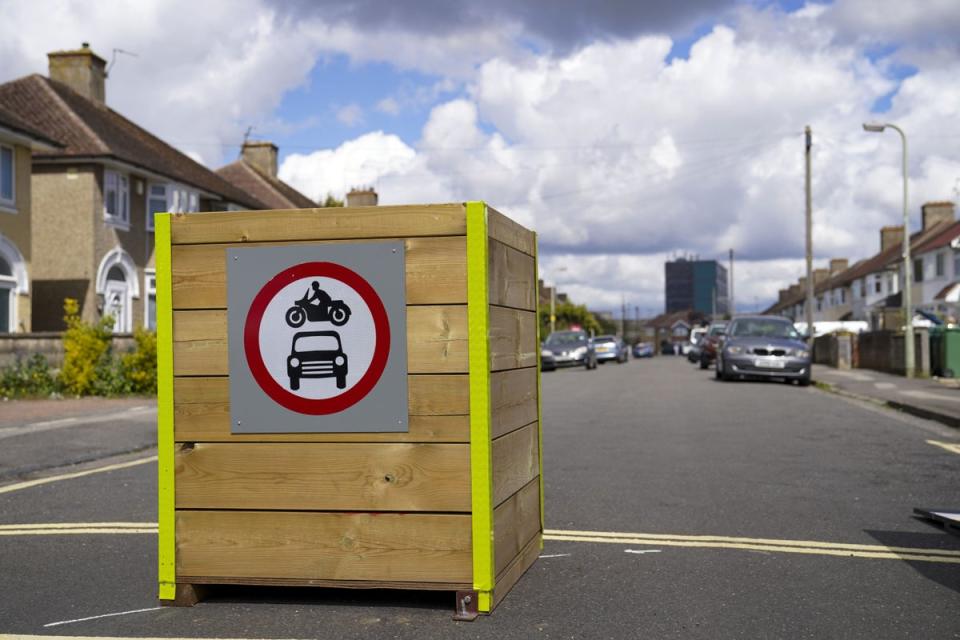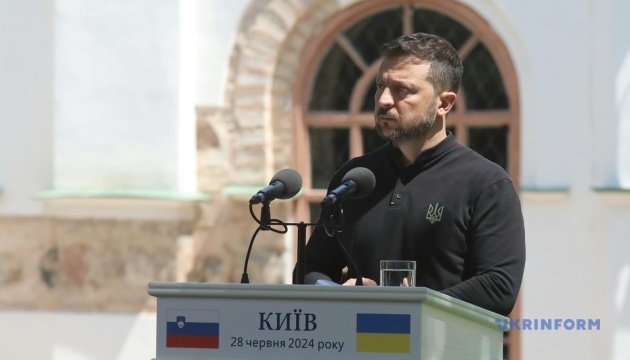Sadiq Khan called for ‘bolder action’ to meet green transport targets

Environmentalists warn that Sadiq Khan must take “urgent and bolder action” to cut carbon dioxide emissions, restrict car use and speed up bus services in the capital.
A report by Healthy Streets – a coalition of advocacy groups promoting greener transport – told the Mayor of London that he was on track to miss several of the targets set out in his own transport strategy.
Earlier on Wednesday, Khan’s deputy transport minister Seb Dance admitted to the London Assembly that the mayor was forecast to miss a key milestone on the number of journeys made on foot, by bike and by public transport in London.
But new analysis by groups including Future Transport London and the London Cycling Campaign shows Khan is also falling short on several of his other targets, including reducing road deaths and achieving net zero carbon emissions in the capital.
The mayor said in his 2018 transport strategy that he wants at least 70 percent of able-bodied Londoners to walk or cycle for at least 20 minutes a day by 2041. The report says that this target is “still far from being on track” and a greater focus on cycling infrastructure would help get it back on track.
To make buses an “attractive alternative to the car”, the Mayor’s strategy also called for “bus speeds to be improved by around 5 to 15 percent across London, with improvements particularly expected in central London”.
But according to the environmental groups’ research, bus speeds were on average no higher between April 2023 and March 2024 than in the corresponding 12-month period immediately before the pandemic, between April 2019 and March 2020. During both periods, an average bus speed of about 14.9 km/h was measured, including waiting times.
In order to reduce the number of road deaths, the Mayor has set himself the goal of “Vision Zero”, which aims to eliminate all deaths and serious injuries on London’s transport network by 2041.
The report acknowledges “significant progress” in this regard: 2023 saw the lowest number of deaths or serious injuries on London’s streets outside a year affected by the pandemic – since the introduction of a new national definition of “seriously injured” in 2017.
However, it also points out that an interim target in 2022 was missed and that Khan is “far off track” to achieve a second interim target in 2030.
The report says clear progress has been made in improving air quality and in meeting the Mayor’s target of reducing the number of private cars in London by 250,000 by 2041. However, the report’s authors argue that the latter target is “not ambitious” and still leaves more than 2.2 million private cars remaining across the capital.
Finally, in terms of carbon dioxide emissions, the Mayor set a target of making London a “zero carbon city” by 2050. However, he later revised this target to 2030.
The report says not enough action has been taken to meet the new target, citing a Transport for London (TfL) document that said in December 2023: “While we are broadly on track to meet the original 2050 target, urgent and large-scale action at all levels of government is needed to meet the accelerated 2030 target.”
To achieve his goals, the report says, the mayor should “work with the new administration on both a funding agreement and create the means to work with the districts to ensure that each district implements the goals. In addition, those who do not act quickly enough should be fined.”
A spokesman for Mr Khan said: “Since 2016, the Mayor has taken some of the boldest actions of any city in the world to reduce emissions and encourage active travel.
“We have quadrupled the size of the cycle network, resulting in 1.26 million cycle journeys being made every day in our capital. We have introduced new pedestrian crossings and supported the creation of hundreds of school streets.


“The Superloop, a network of express bus routes, connects communities on the outskirts of London and the Mayor has committed to having a zero-emission bus fleet by 2030. The London-wide rollout of the Ulez has resulted in 70,000 fewer non-compliant vehicles on London’s streets on an average day. The impact of the Ulez on reducing air pollution in London has been transformative.
“Thanks to the Mayor’s leadership, London has the largest electric vehicle charging network in the UK. All of these measures together will help clean London’s air, reduce our carbon emissions and contribute to more liveable, better connected communities.
“However, we recognise that there is still much work to be done and London will continue to lead the way and pioneer bold action around the world.”
In an annual scorecard published by Healthy Streets, London boroughs were also assessed on the measures they have taken to reduce car use and promote more environmentally friendly alternatives.
Hackney, Islington and Lewisham all perform well as they have a large number of traffic calming zones, school streets and bus priority lanes.
The lowest-ranking cities include Bexley and Bromley, mainly due to the low number of 20 mph speed limit roads, restricted parking zones, public parking guidance systems and bus priority lanes.



